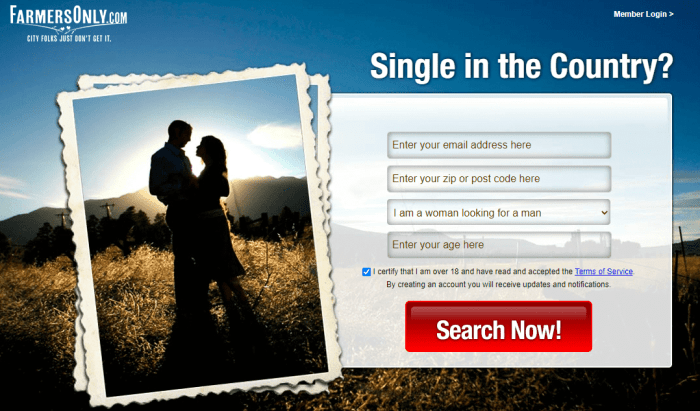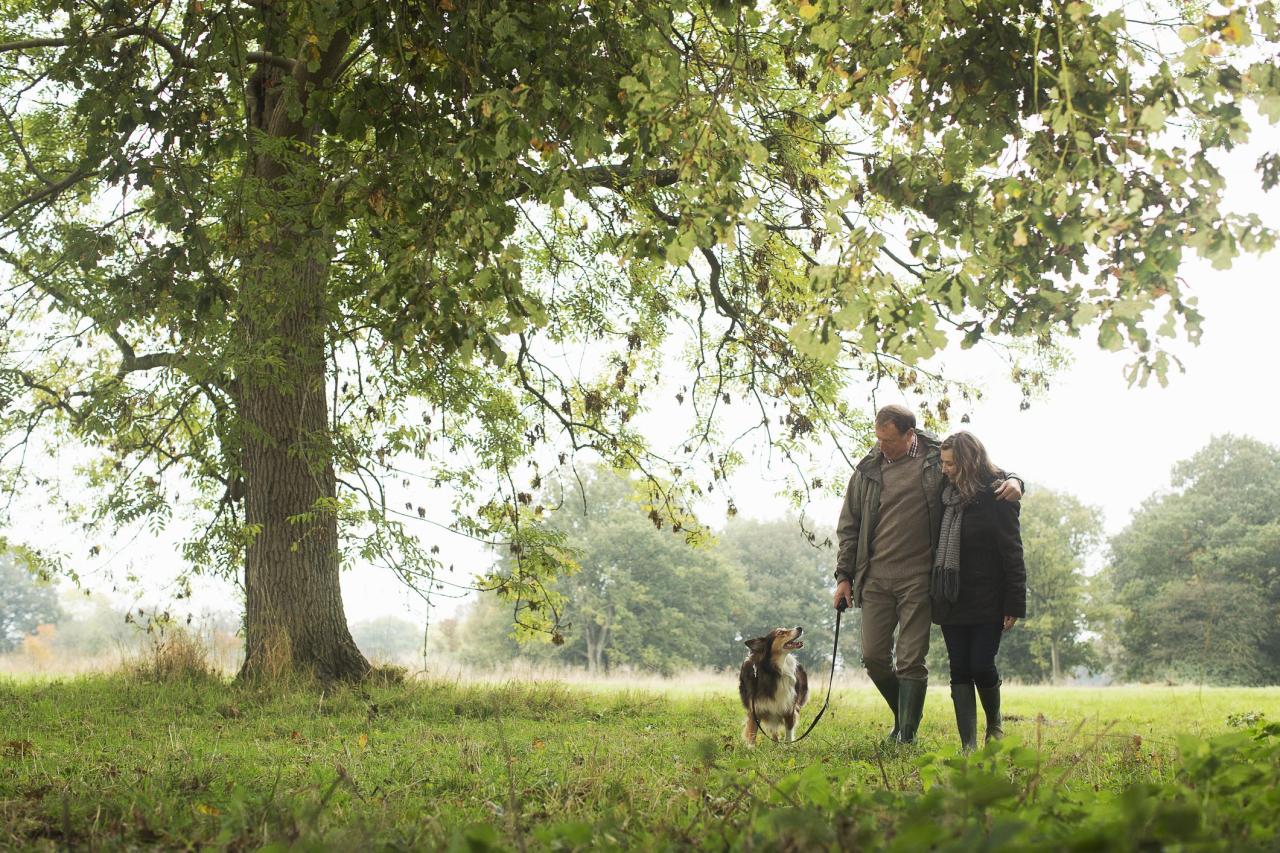Finding love isn't always a stroll in the park, especially when geographical limitations come into play. For those residing in the vast expanse of the US countryside, the dating scene presents a unique set of challenges and opportunities. This exploration delves into the realities of US rural dating, examining the cultural nuances, technological hurdles, and innovative strategies employed by individuals seeking connection in less populated areas. We'll compare the rural dating landscape to its urban counterpart, highlighting both the distinct difficulties and the unexpected advantages that come with finding romance in the heartland.
From the impact of limited access to technology and transportation on dating experiences to the rise of online platforms bridging geographical gaps, we uncover the complexities of forging meaningful relationships in rural communities. We'll also address the influence of traditional values and social norms on dating practices, dispelling common misconceptions and showcasing the resilience and resourcefulness of rural daters.
Challenges and Opportunities in US Rural Dating

Source: onlineforlove.com
Unique Challenges of Rural Dating
Rural daters often face a significantly smaller pool of potential partners compared to their urban counterparts. The limited population density means fewer opportunities for spontaneous encounters and chance meetings. This scarcity can lead to increased competition for available partners and a sense of limited choices. Furthermore, social circles in rural areas tend to be tighter-knit, which can make navigating dating dynamics more complex, particularly if relationships end poorly. The close proximity of family and community members can add another layer of pressure and scrutiny to dating experiences. Finally, the stigma associated with singlehood can be more pronounced in smaller communities, adding an extra layer of pressure on individuals to find a partner.Comparison of Rural and Urban Dating Landscapes
Urban dating environments typically offer a higher density of potential partners, greater anonymity, and a wider range of social settings to meet people. Dating apps and online platforms are often more heavily utilized and successful in urban areas due to the larger user base. In contrast, rural dating often relies more on social connections, community events, and word-of-mouth. The pace of dating tends to be slower in rural areas, with relationships often developing more organically within existing social networks. While urban areas may offer more choices and anonymity, rural areas can foster a stronger sense of community and shared values, which can be attractive to some individuals.Impact of Limited Access to Technology and Transportation
Limited access to reliable internet and transportation significantly impacts rural dating experiences. The digital divide can exclude rural residents from accessing online dating platforms, limiting their options for finding potential partners. Even when access is available, slower internet speeds can hinder the user experience. Furthermore, the lack of readily available public transportation or personal vehicles can create logistical barriers to meeting potential partners, especially if they live a significant distance away. These challenges can lead to feelings of isolation and limit the ability to explore dating opportunities outside of one's immediate community.Opportunities Presented by Online Dating Platforms
Despite the challenges, online dating platforms offer significant opportunities for rural residents to expand their dating pool beyond their immediate geographical area. These platforms can connect individuals who might not otherwise have the chance to meet due to distance or limited social circles. They offer a level of anonymity and control that can be particularly valuable in smaller communities where social pressures are stronger. Online dating also allows for more deliberate partner selection based on shared interests and values, irrespective of geographical location. The success of online dating in rural areas depends on reliable internet access and the willingness of individuals to embrace this technology.Online vs. Offline Dating in Rural Areas
| Feature | Online Dating | Offline Dating |
|---|---|---|
| Partner Pool Size | Larger, potentially extending beyond the immediate area | Smaller, limited to the local community |
| Convenience | High, allows for connection from anywhere with internet access | Lower, requires active participation in community events and social gatherings |
| Anonymity | Higher initially, allows for gradual self-disclosure | Lower, interactions often occur within established social circles |
| Cost | Can range from free to subscription-based | Generally lower cost, but requires time and effort for social engagement |
Cultural and Social Aspects of Rural Dating

Source: hearstapps.com